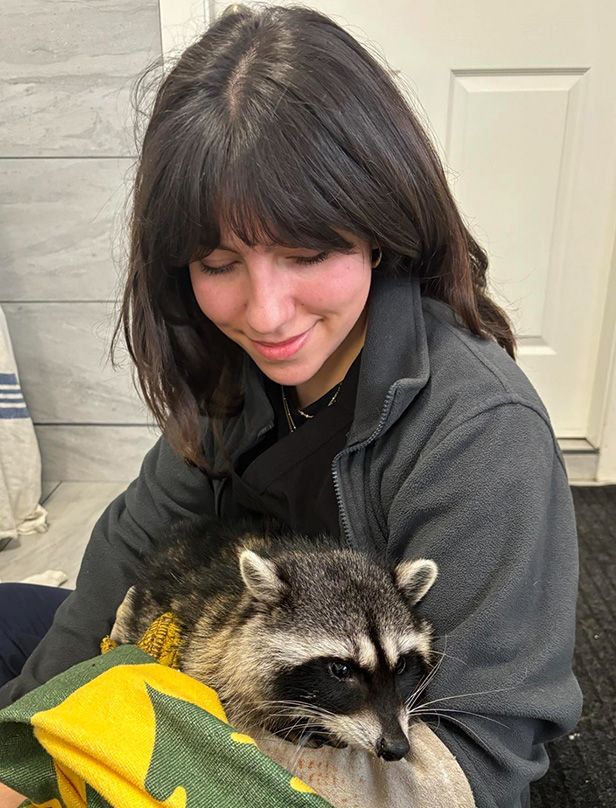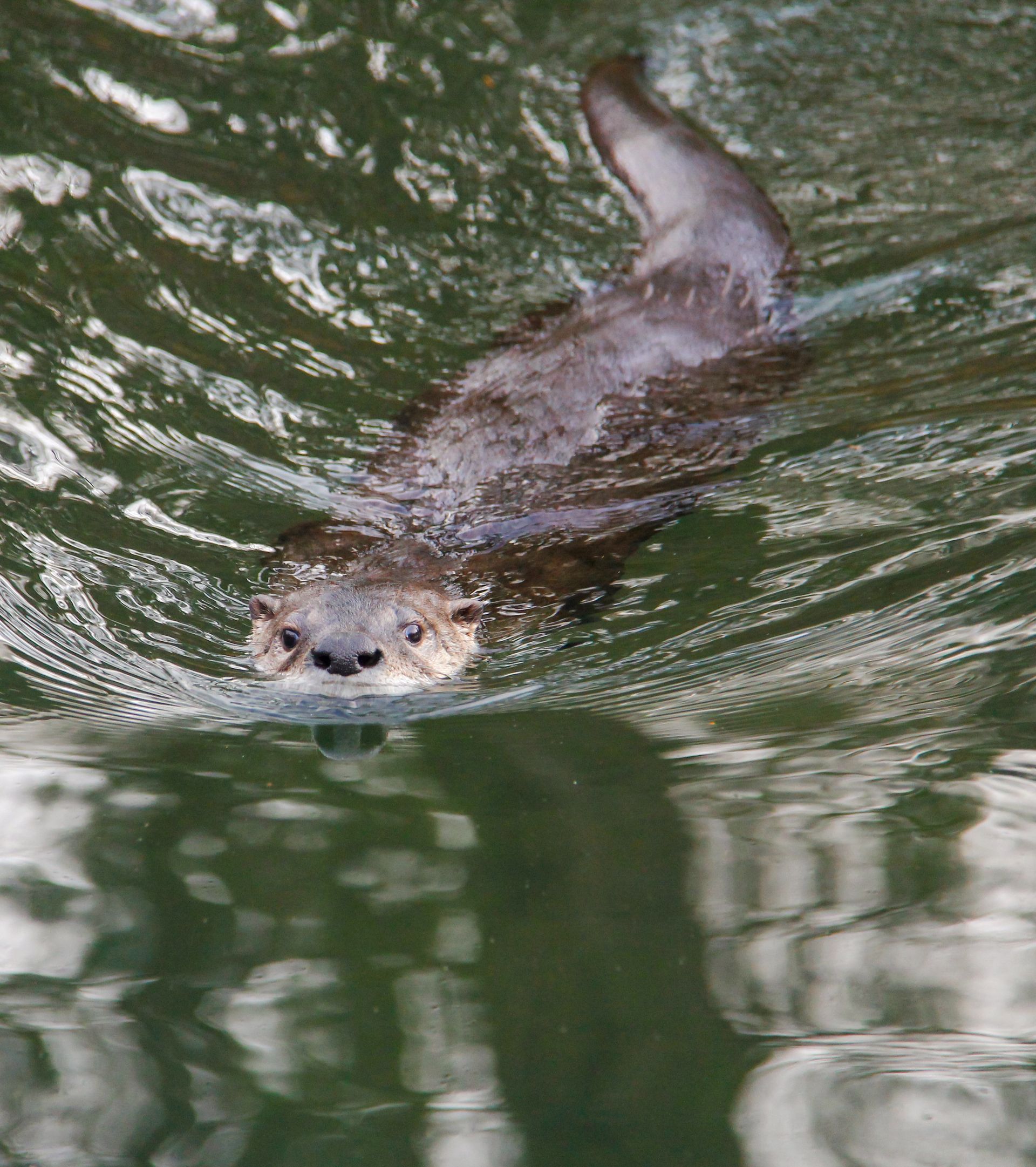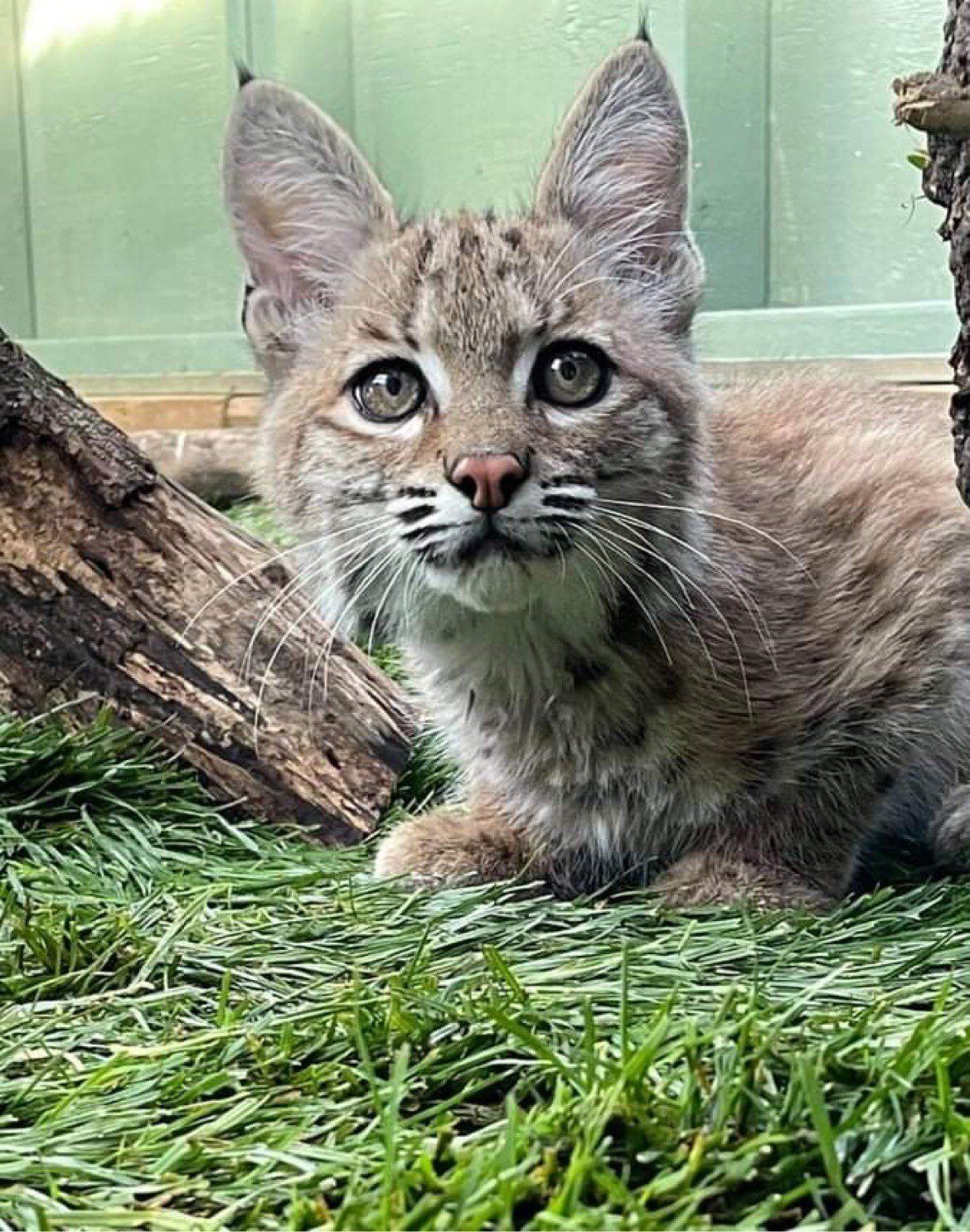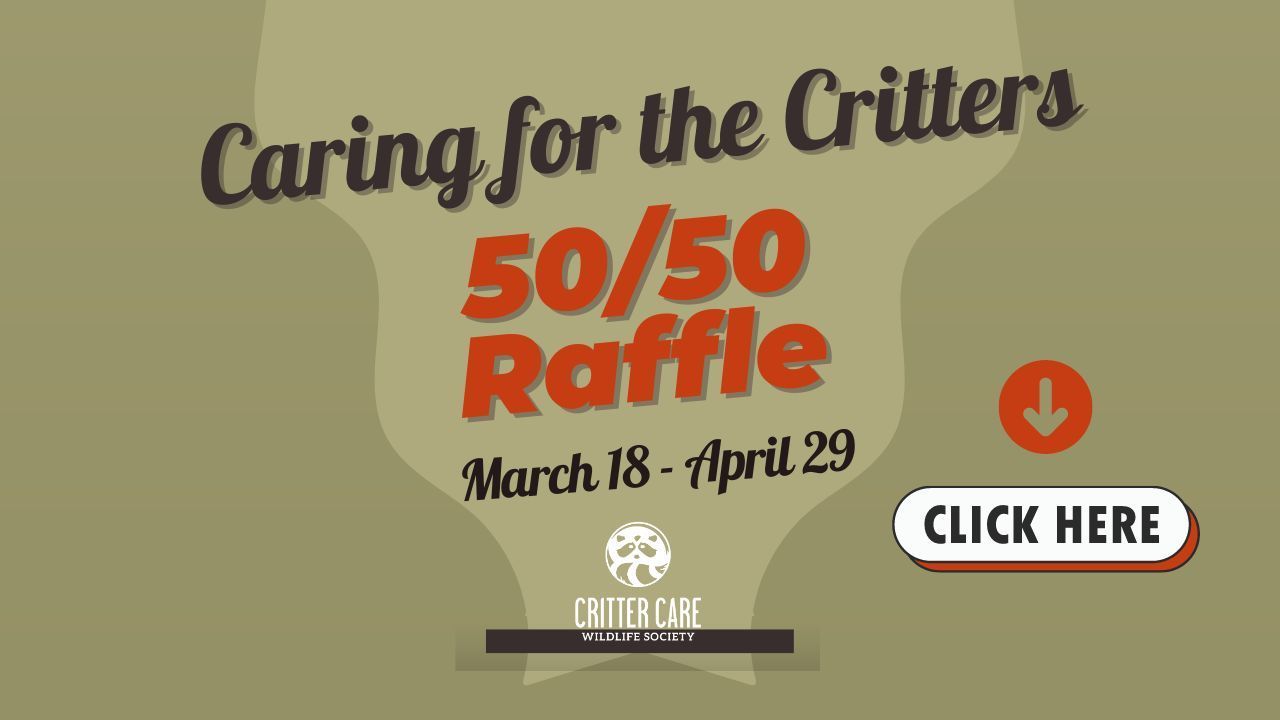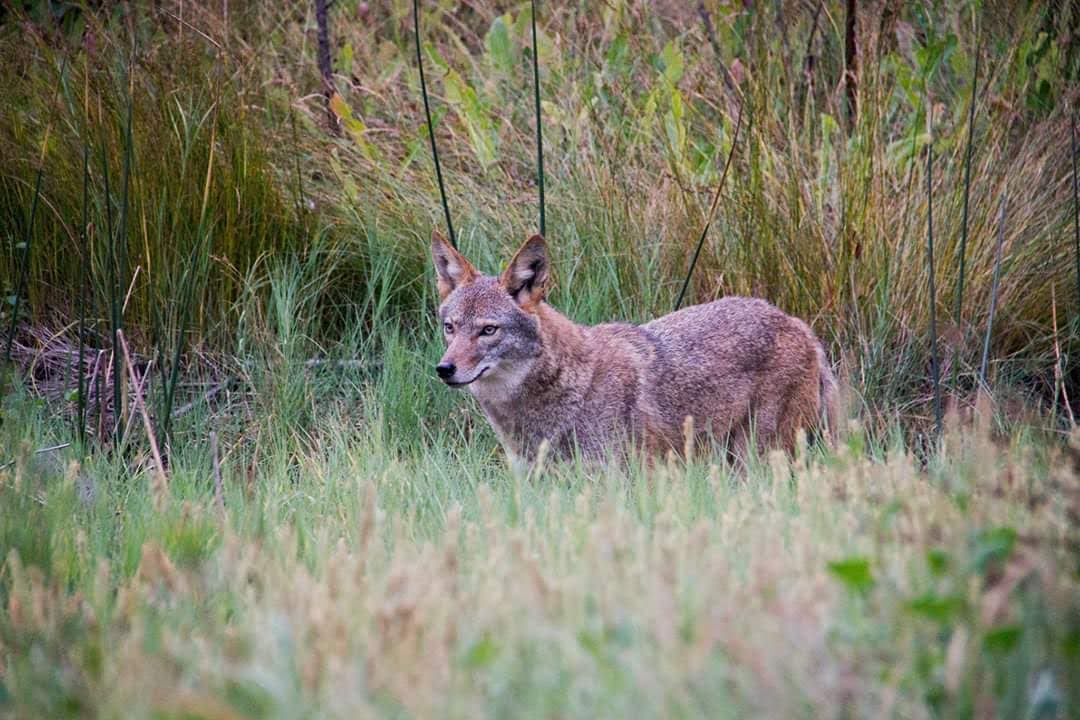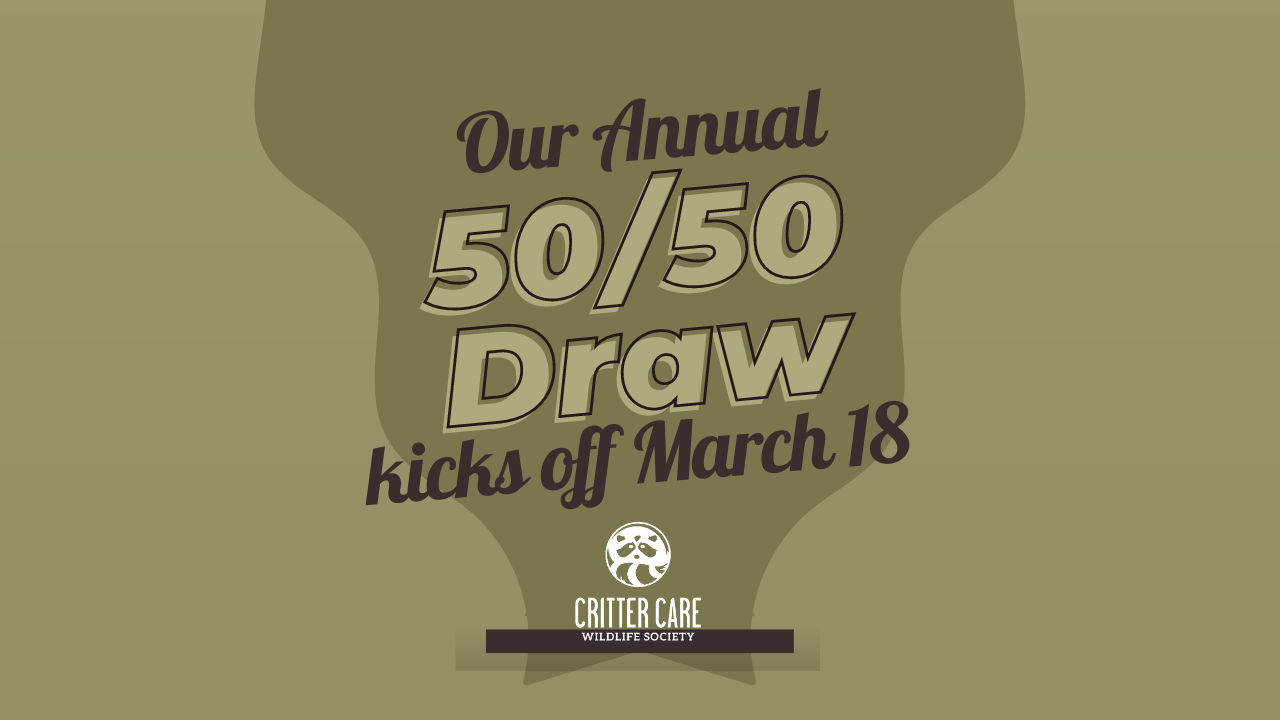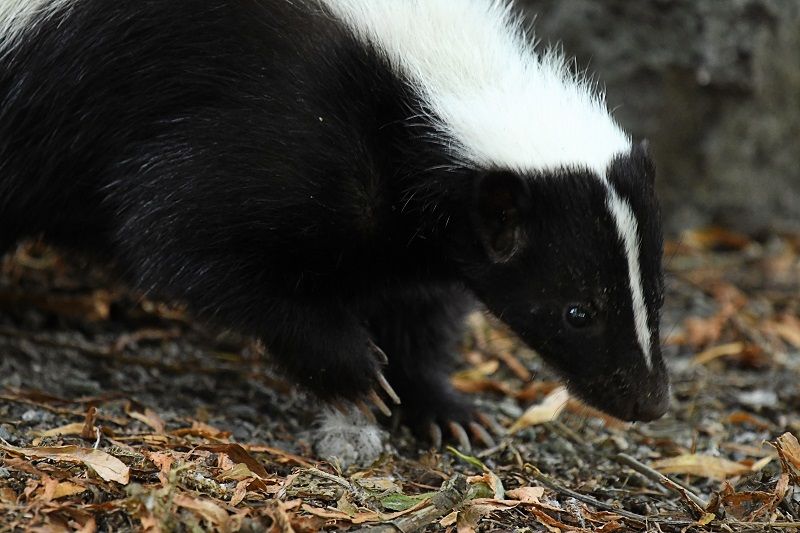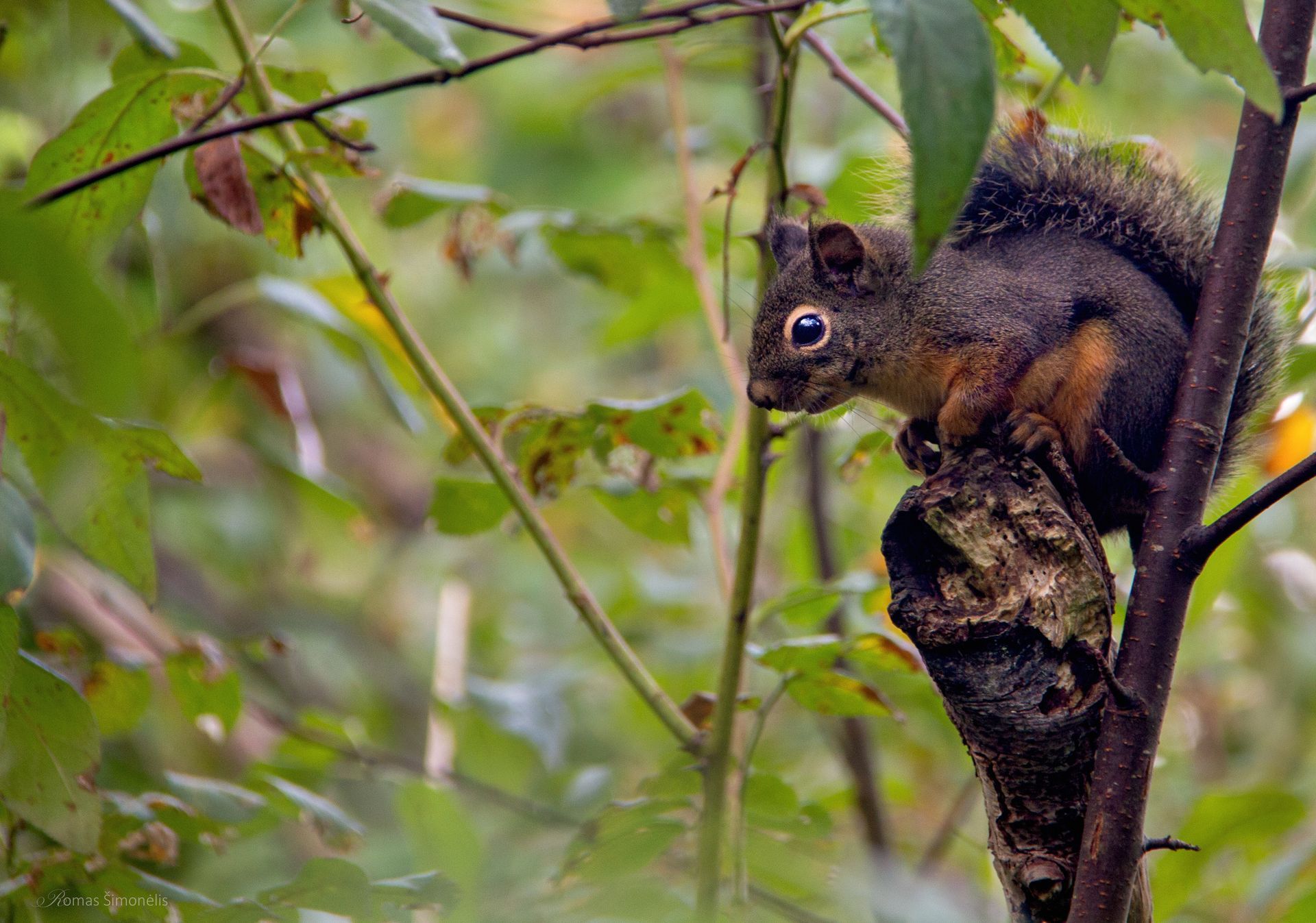What is here today can be gone tomorrow. Every life is a miracle, every life deserves a second chance.
- Gail Martin -
Beavers: Nature's Amazing Engineers
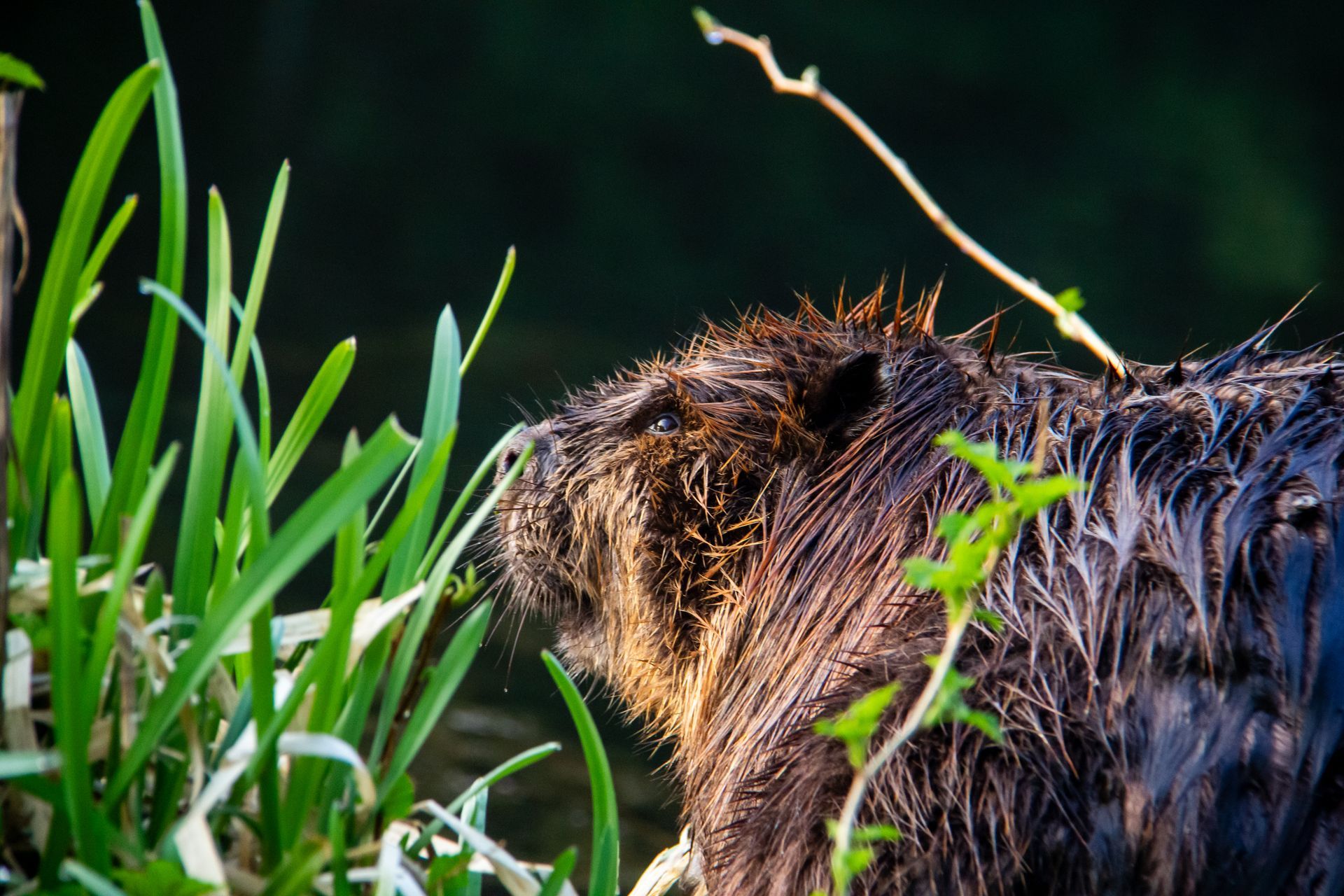
The Beaver (Castor canadensis) is the largest rodent in North America, and globally, only the capybara found in South America, is larger. The average adult beaver weighs 11 to 32 kgs (24–66 lbs); some may even reach 50 kgs (110 lbs)!
They are well suited to life in the water, such as their tails. Their tails can be up to 30 cm (12 in) in length, around 18 cm (7 in) in width, and 4 cm (1.6 in), in thickness. They use their leathery tails to guide themselves through the water. On land, they will use the tail to prop themselves, when sitting or standing. When using their forepaws to carry branches, rocks, or mud, the tail acts as a counterbalance. They also use their strong tails to tamp down the mud they use to build their dams.
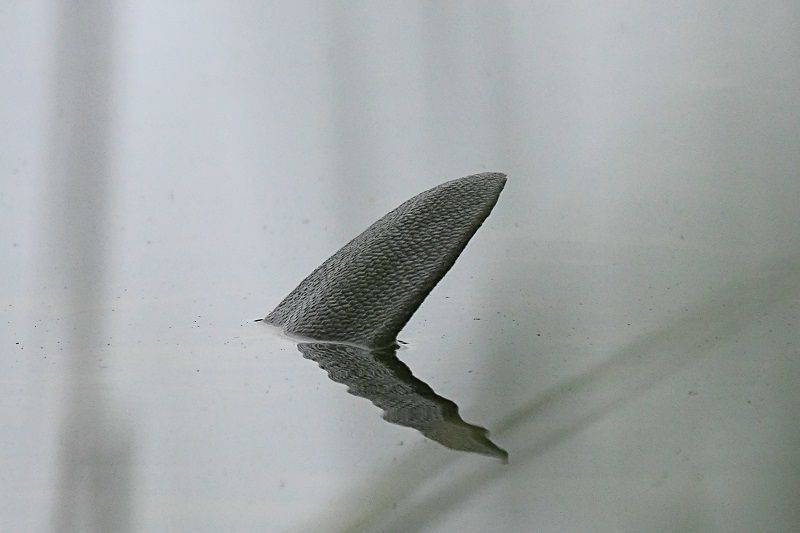
Feet
The beaver has large, fully webbed hind feet with five toes. They use only their hind feet as propulsion, holding their small forepaws tight to their body. Their forepaws are small and equipped with long, sharp claws, which they use to dig. Their forepaws are also very dexterous and used to carry and hold sticks, mud, and stones. They are also used to perform complex and interactive tasks while constructing or repairing their dams or lodges.
Well Groomed
Beavers are meticulous groomers, using a pair of specialized claws found on the second toe of their back feet. These claws act as pliers, and along with their forepaws, they are used to rid themselves of mites and other parasites, like ticks. This preening also rids their fur of dirt and keeps the fur from becoming matted. Family groups will also preen one another. The beavers have very dense fur; their heavy outer coat is 7 cm in length, and the inner coat is 2 cm in length. Beavers preen and oil their fur often, keeping it waterproof; they can even stay underwater for six to seven minutes, and their skin will not become wet. In the spring and in late autumn, beavers go through a moult.
Teeth
A beaver’s teeth are long, strong, and sharp; their incisors are always growing; chewing through trees and on branches keeps them from getting too long. They keep the upper and lower incisors sharp by rubbing against one another. The yellow colour of their teeth comes from a coat of enamel that helps harden the teeth.
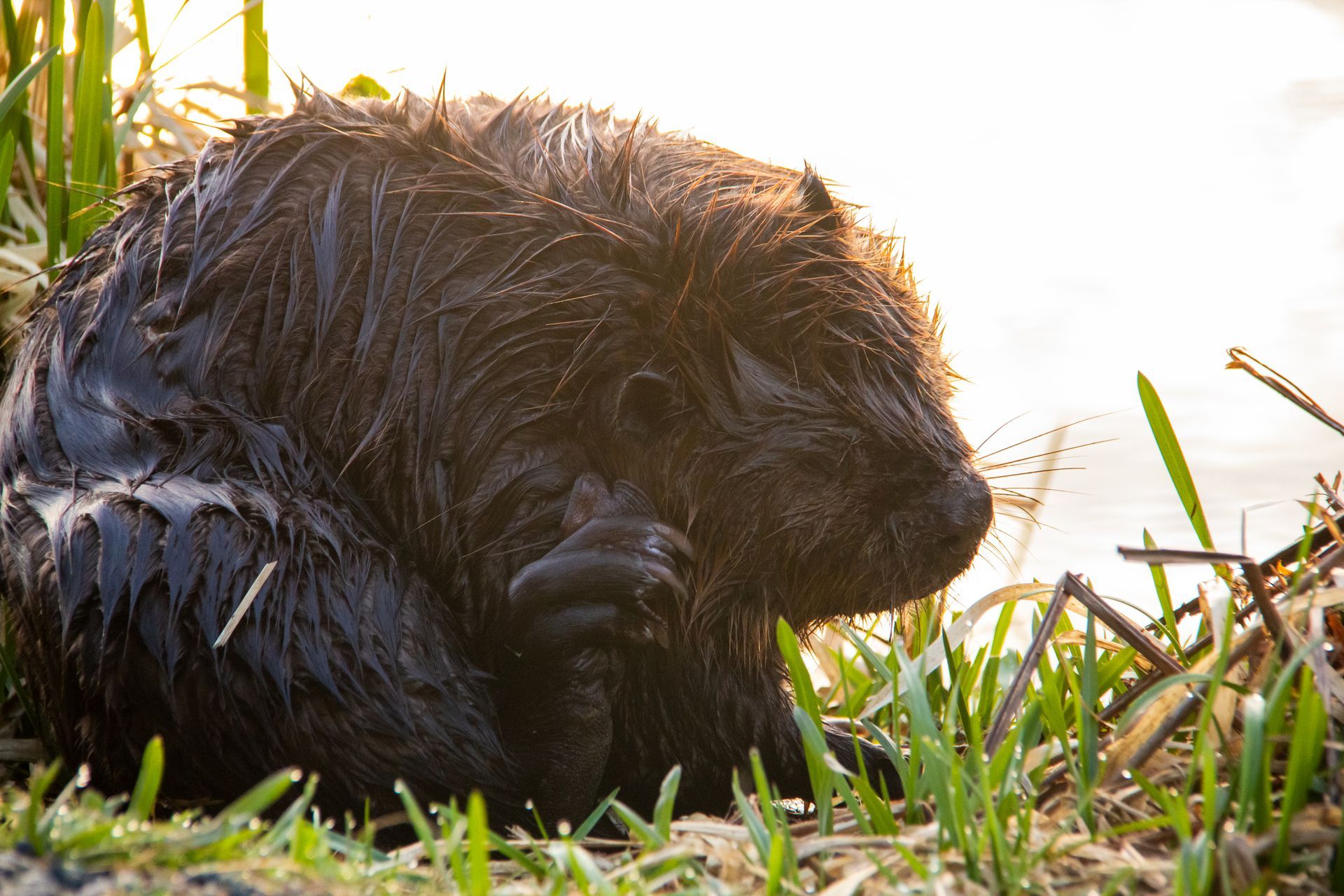
Using trees, shrubs, and mud, beavers build their dams and their lodges. Dams can range from 20 cm (8 in) to 3 m (10 ft) in height and can be 0.3 m (12 in) to several hundred meters in length.
These dams have proven to be more effective than human-constructed dams in retaining water than human-constructed dams; beavers living in open water usually do not have to build dams.
Beavers build two types of lodges: open-water lodges and bank lodges. On the open water, they are built much the same as a dam is built. For example, with branches and mud, a family of beavers can build a lodge that is up to 2 m (6 ft 7 in) in height, and above-water, it can be 6 m (20 ft) in diameter.
These lodes are well ventilated, providing the family with a constant supply of fresh air. Bank lodges are burrows that bug into the banks along the shores of rivers and lakes. Both lodges have underwater entrances. These sturdy lodges provide the beavers with protection from the heat of summer, the cold of winter, and predators like bears, coyotes, and bobcats.
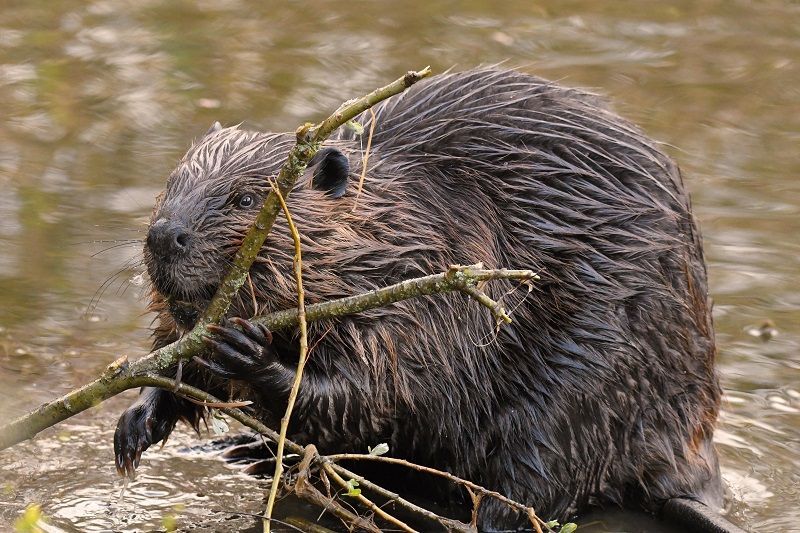
Depending on the situation, beavers may even build a network of canals from one pond to another. These are filled with water, giving the beaver an easier means to transport food, a safer means of travel and eluding predators. They will also cache their food under banks and logs.
Beavers have a substantial impact on the environment, landscape, and biodiversity of the region they inhabit. By building dams, they alter the path and the flow of creeks and rivers, which, after time, create expansive wetlands. This prevents soil erosion, helps lower the effects during a drought, and creates and expands existing habitat. Beaver ponds are often inhabited by water birds, a variety of fish, and aquatic insects.

Fun Facts
- Beavers will stop chewing though trees from time to time to listen if the tree is about to fall and will try to determine where the tree will fall.
- Beavers are mainly nocturnal (active at night) and crepuscular (active during twilight).
- They do not hibernate.
- Beavers are monogamous, though if one mate passes, they will wait for and choose another.
- Family groups have a strong bond, grooming one another often, and while they can be seen play fighting, they are rarely aggressive toward each other.
- A mating pair will sire up to four pups. While the mother is the primary caregiver, older siblings from a previous litter, will also help care for the new pups.
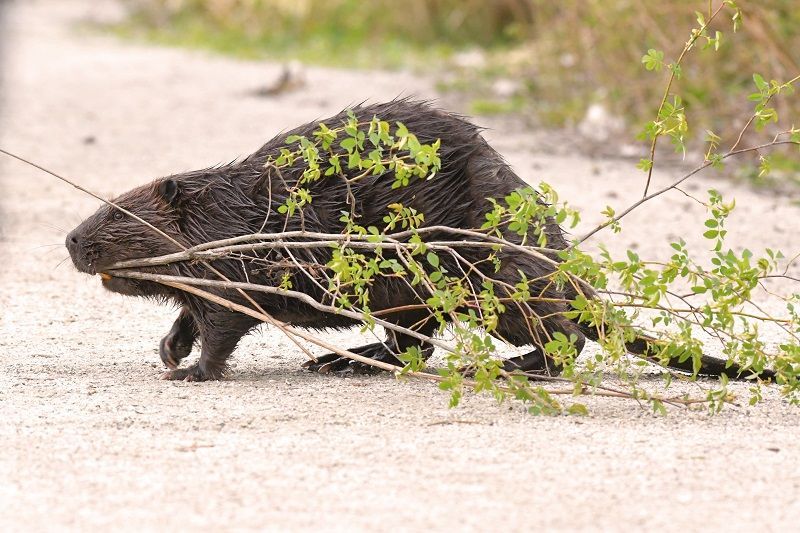
Did you know?
- The world'' largest beaver dam, was recorded in Wood Buffalo National Park, in Northern Alberta, at a staggering 800 m (2,625 ft) in length! The typical dam is around 100 m (330 ft).
- They have a membrane that covers their eyes that lets them see while swimming underwater.
- They have a flap that lets them chew underwater without getting water in their lungs.
- Beavers can hold their breath underwater for 20 minutes!
- The beaver is an official emblem of Canada.
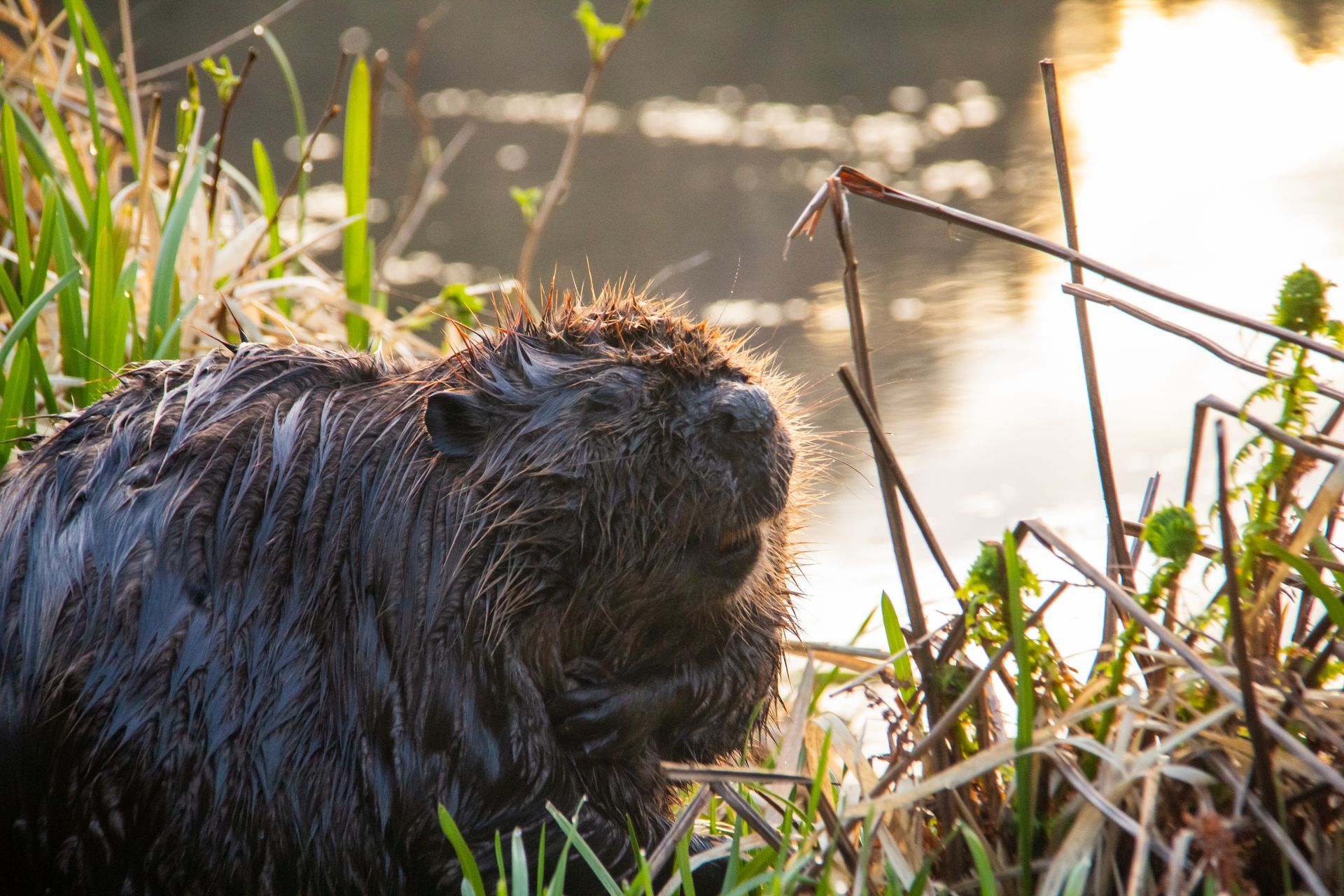
We can all be inspired by this determined, hard working and industrious animal.

